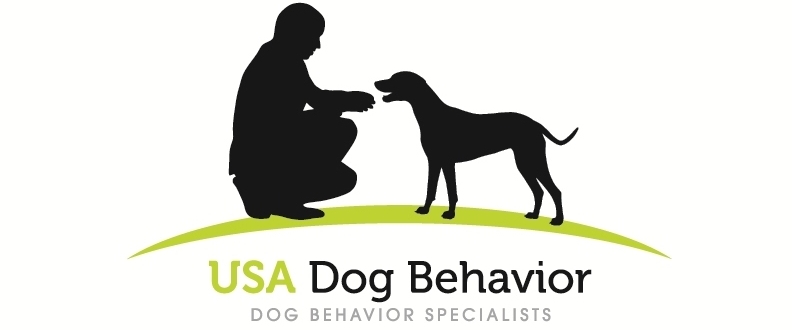You Can Communicate With Dogs
©Scott Sheaffer, USA Dog Behavior
Dogs are primarily nonverbal communicators. They use their bodies to exchange information with their own species, and they attempt to do the same with humans. While not perfect, our increasing understanding of their communication methods makes it possible for us to better connect with them.
Canines have a highly developed ability to read the nuances of breathing, smells and facial expressions in humans. This ability evolved over thousands of years of coexistence and makes them great human companions. Have you noticed that accomplished dog handlers normally say very few, if any, words when working with dogs? They take advantage of the fact that dogs are experts at reading us.
I've provided four examples below of canine communication. Only attempt these with dogs you are completely comfortable with and dogs you know will be 100% comfortable with you. If you have any doubt, contact a qualified professional dog trainer or behaviorist.
1) If you want a dog to come to you, "talk" to her in her own language by squatting down sideways to her with your eyes focused away from her. You can add even more impact to your message by simultaneously slowly moving away. These four things (squatting, sideways, averting your gaze and slowly moving away) tell her that you are not a threat - you may even be fun.
2) If you want your canine buddy to give you a little personal space inside your home (e.g., by the front door), stand erect with your arms by your side and move gently, but deliberately, toward the dog's face with your torso square with the dog. Just like humans, dogs have a personal space they don't want violated. If this is done properly, you won't touch the dog and the dog will readily yield the space to you. This should be a low-key exercise with no words spoken.
3) I've observed that almost all dogs are born pre-trained to stay (i.e., "stay" command). While standing erect, hold your straightened arm toward the dog with your palm open. If Fido starts to move, simply move slightly forward until Fido stops moving. Fido will most likely instinctively stay planted.
4) Calming signals are used by dogs in stressful situations to calm themselves and/or to essentially communicate to other dogs (or humans) that they are not a threat. These are also known as appeasement or displacement behaviors. Examples include: yawning, licking lips, sniffing, wet dog shake-it-off, and turning away. There are canine behaviorists who believe that humans can duplicate some of these calming signals to communicate with dogs. I have anecdotally tried this with mixed results.
One of the keys to effective communication with your dog is to wait for your dog to look at you. Eye contact is extremely important in handling dogs. So is patience.
Dogs are hard-wired to communicate with us. Many dogs get very excited when they encounter a human who appears to, at least partially, understand their language. For more information, see a qualified professional dog trainer or behaviorist.

